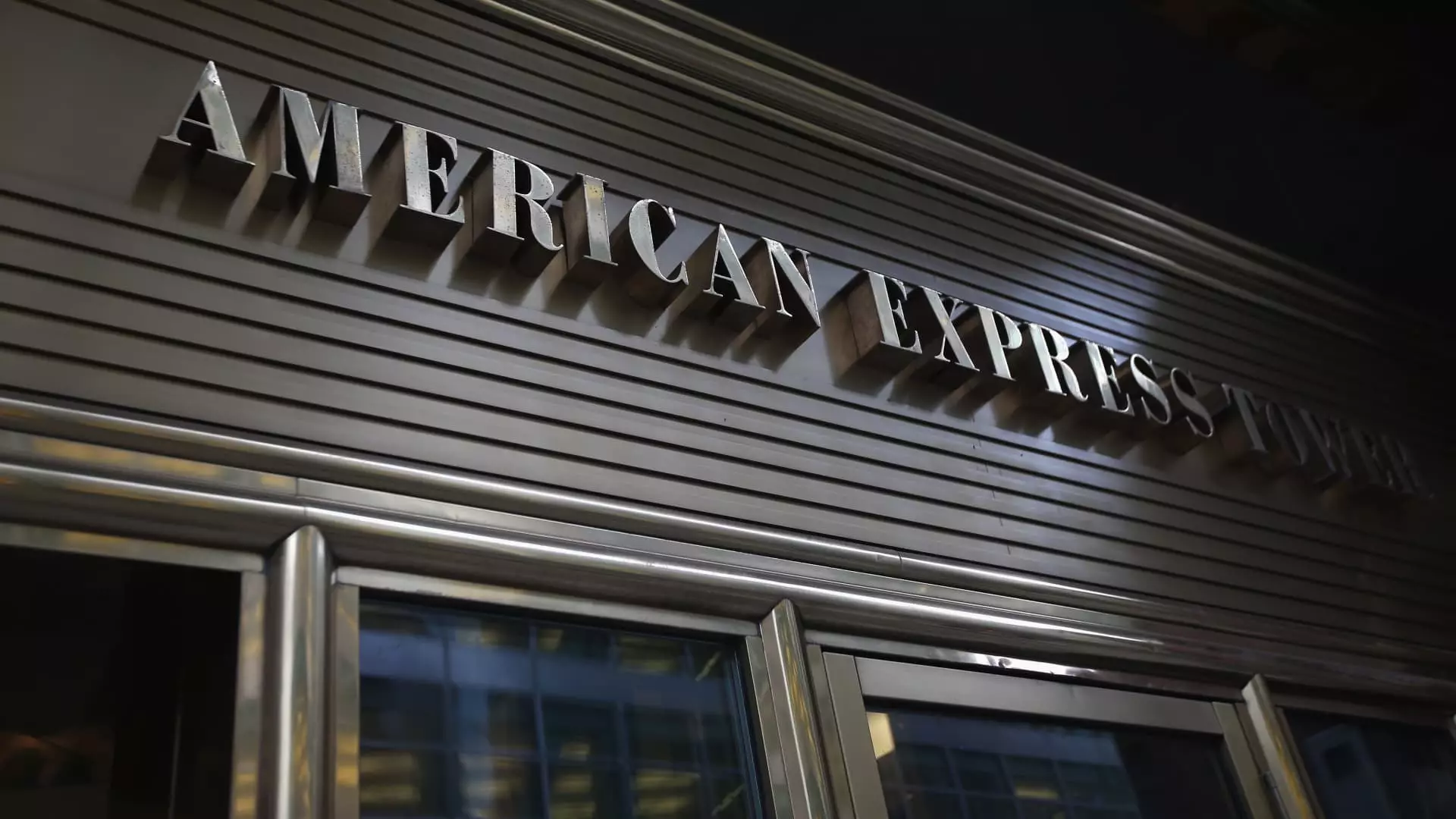In an era of seemingly relentless economic anxiety, characterized by fluctuating stock prices and tariff-induced trepidation, American Express (AmEx) stands as a bastion of consumer confidence. According to CFO Christophe Le Caillec, the high-spending culture among affluent cardmembers shows no signs of dissipating. Perhaps it is the generational divide that fuels this phenomenon: millennials and Gen Z are rewriting the rules of spending, with an impressive 14% increase in transaction volumes compared to older demographic groups, who maintain a more cautious approach. This behavioral divergence speaks volumes about shifting consumer mindsets and reflects a broader trend where younger generations are less tethered to traditional financial restraints.
The Resilience of Youthful Spending Habits
Le Caillec’s insights reveal intriguing dynamics within AmEx’s customer base. While the wealthier clientele provides a cushion against broader economic fears, it is the youth—the millennials and Gen Z—who propel the company forward. Their willingness to flaunt disposable income amidst a backdrop of potential recession is noteworthy. The stark contrast between their 14% spending increase and the mere 5% and 1% increases of Gen X and Baby Boomers respectively speaks to a confidence in their economic situations—or perhaps a reckless disregard for looming fiscal threats. This trend suggests a robust belief among younger consumers that their financial futures remain in their control, a radical departure from the pessimism exhibited by older generations.
Inflation Concerns vs. Discretionary Spending
The significance of AmEx’s ongoing growth, especially in discretionary categories such as dining, cannot be overstated. With restaurant spending soaring by 8%, it is evident that cardmembers exhibit a prioritization of experiences over savings. This behavior runs counter to traditional economic advice during periods of uncertainty. One might argue this approach, while it reflects confidence, borders on naive optimism. The ability to indulge in meals out, especially amid concerns about tariff-related price increases, suggests that wealthier individuals are riding waves of prosperity, while the average consumer might not be so fortunate.
Airline Industry: A Different Story Amid Growth
Yet, not all sectors share this buoyant outlook. Airline transactions, in stark contrast, only grew by 3%. This raises eyebrows—perhaps consumers are more hesitant to splurge on travel in a climate rife with tariff threats and potential recession. The dichotomy within AmEx’s performance illustrates a precarious balance: while affluent consumers staunchly maintain their spending habits, signs of weakness in more volatile industries suggest that consumer caution is simmering close to the surface.
Ultimately, American Express’s projection of maintaining revenue growth targets amid such uncertainty is ambitious. While the leisure and dining sectors thrive, one must question if this splurge will persist when the realities of economic pressures solidify. The resilience of AmEx’s customer base stands in stark contrast to the broader narrative of caution. Whether this bold assertion of confidence can weather the economic storms ahead is yet to be seen, but the contradictions within the spending landscape paint a complex picture of resilience, entitlement, and the shifting sands of consumer priorities.

